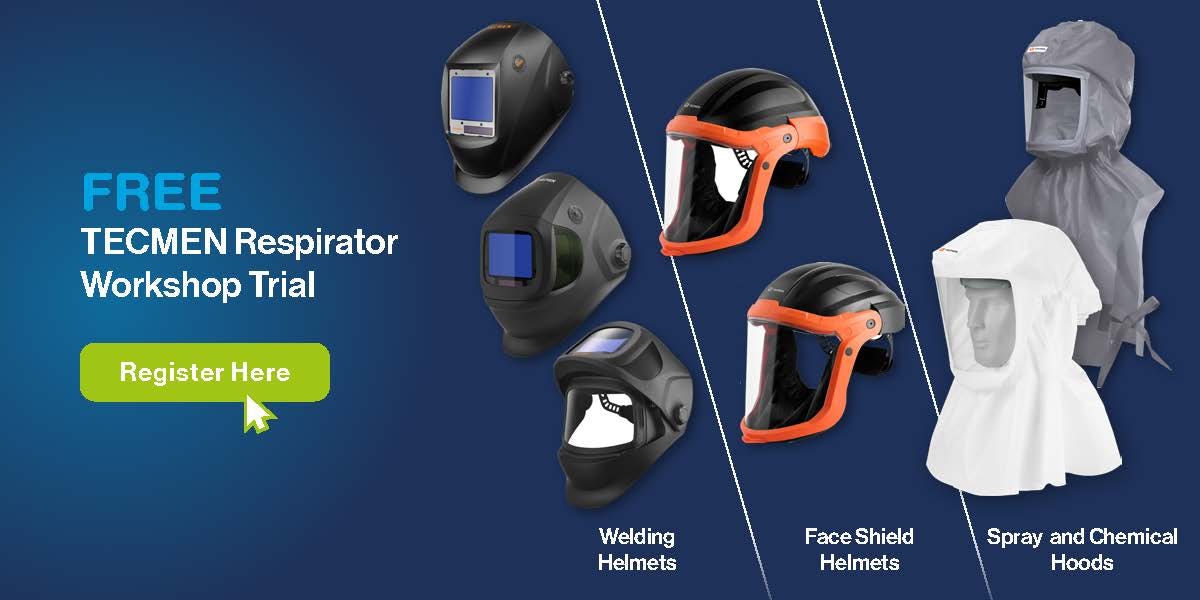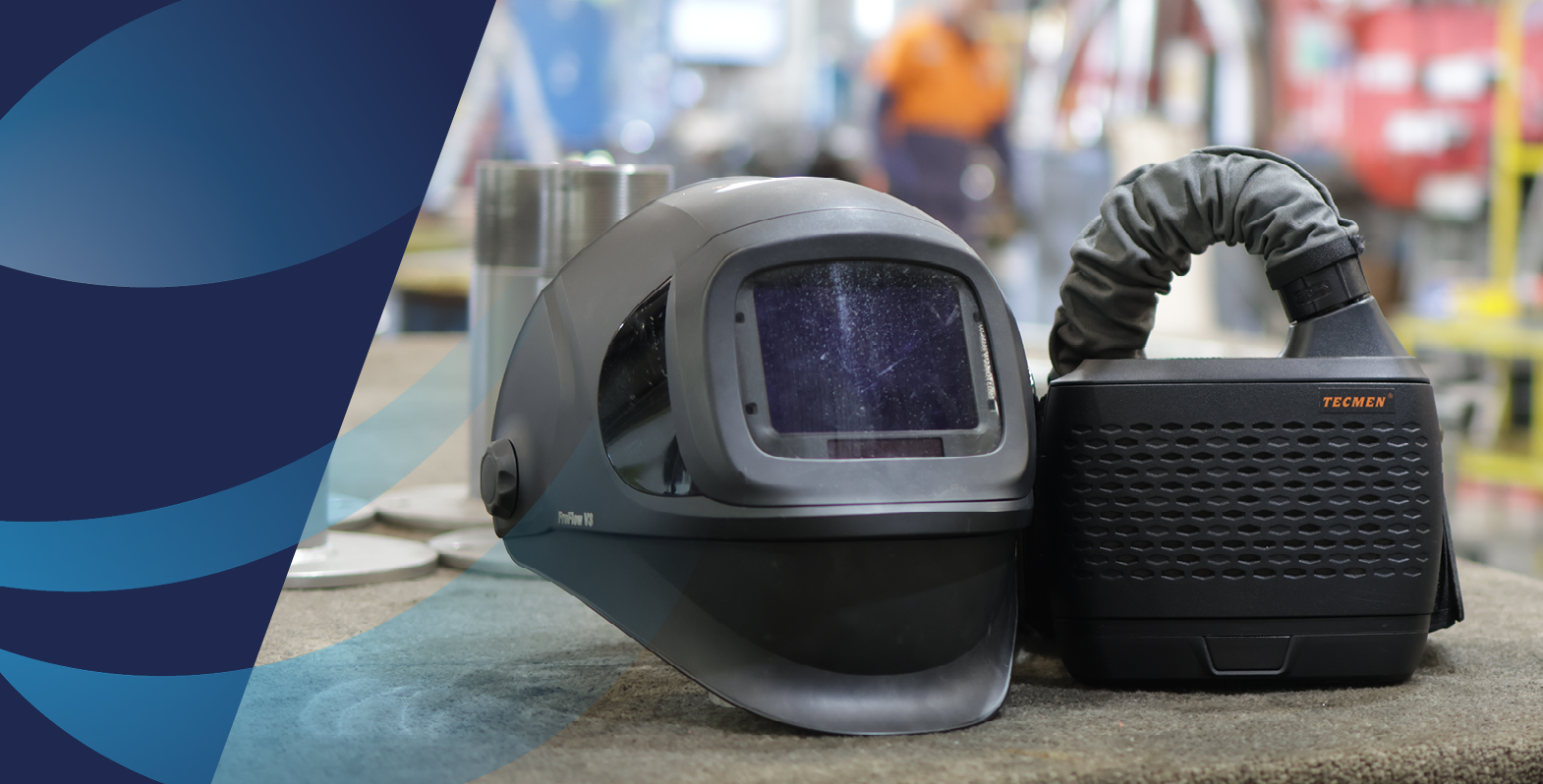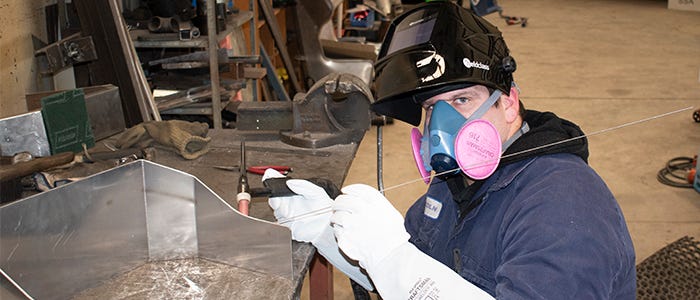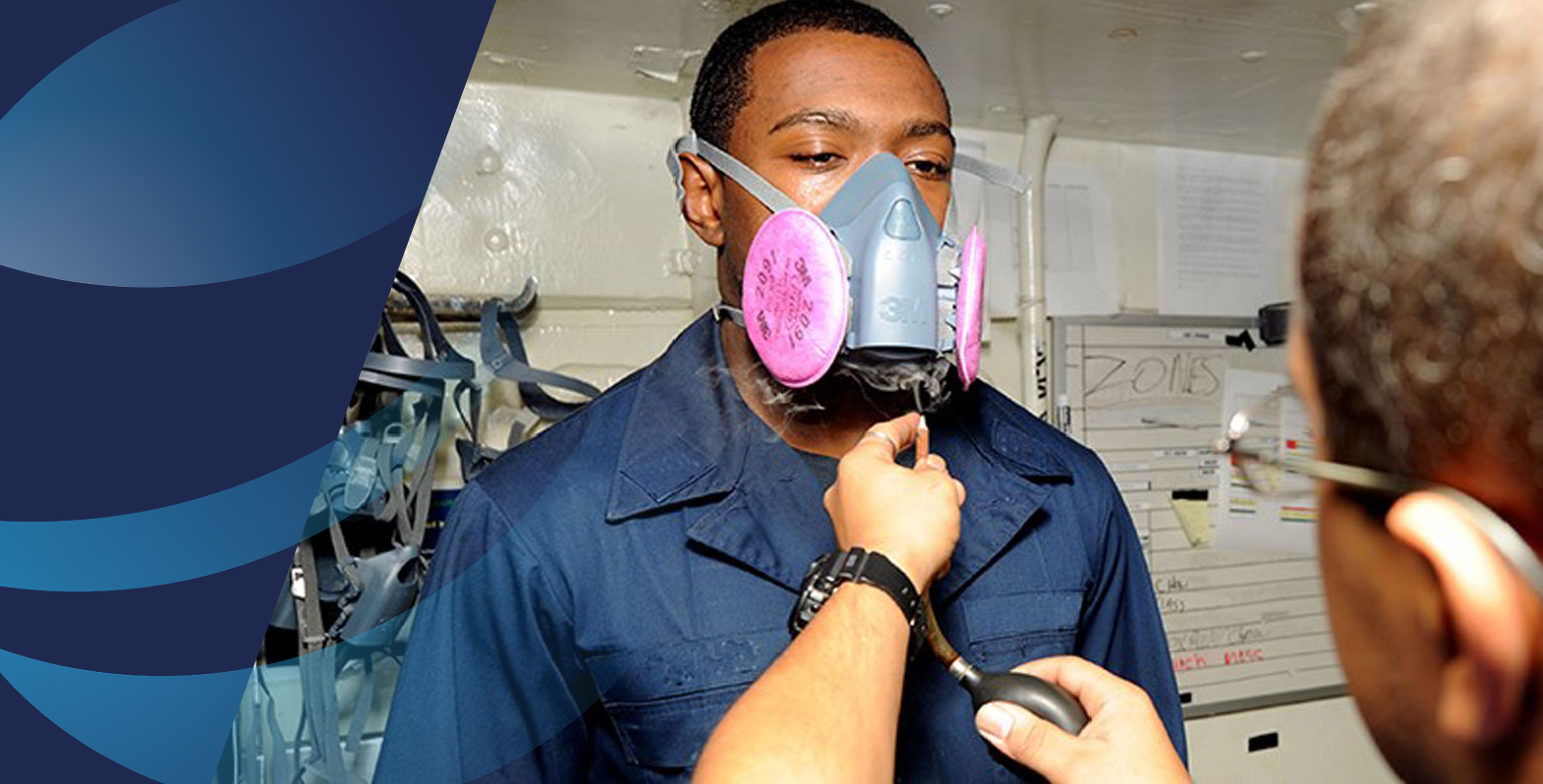Fit checking your respirator - if it doesn't fit, don't wear it!
If it doesn't fit, don't wear it! Fit checking is one of the most important steps in choosing the right respirator. As well as being certified to the relevant health and safety standards, a respirator must also provide a secure fit to be able to protect you from dangerous fumes, gases and particles found in your average metal fabrication workshop. So let's learn a bit more about fit checking...
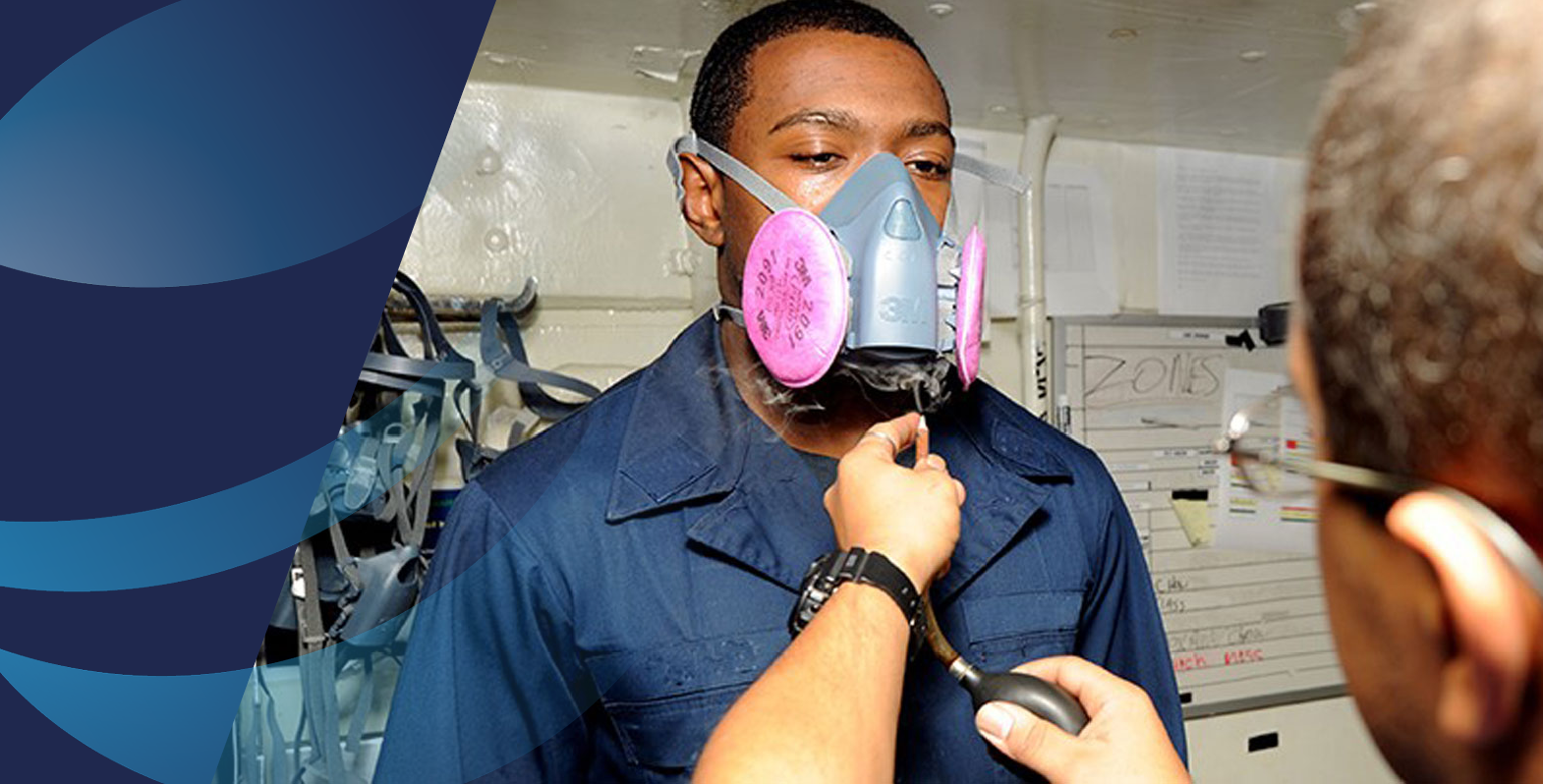
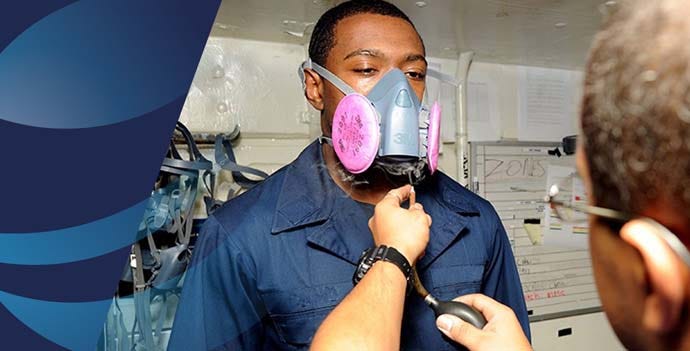
Fit check vs Fit test
No, they are not the same thing.
Fit tests and checks should both be conducted on anyone using 'tight fitting' respiratory protective equipment (RPE). They are important to make sure the RPE is providing a secure fit, which is essential to make sure there are no gaps in the face-piece which could enable harmful particles and gases to bypass the filters and make their way into your respiratory system.
Here's the difference between a fit check and a fit test:
Fit Check
- Should be carried out by the employee/wearer of the device each time that they put it on.
- Good practice - Employee's responsibility.
- Self administered check.
- Time - approx 1-2 minutes.
Fit Test
- Must be conducted annually, and every time a new model of tight-fitting RPE is selected.
- WorkSafe NZ requirement - Employers duty to conduct annual tests for each employee.
- Must buy a fit testing kit, or arrange a test with a supplier or work health professional - click here for info on Fit Testing with Euromarc
- Time - approx 20 minutes
Positive and negative pressure fit checks
Each time you put your respirator on, it is recommended you do a positive and negative pressure fit check.
- A positive pressure fit check is when the respirator is ‘over-inflated’ by exhaled air to help identify leaks. This can be done by sealing the exhalation valve with the palm of your hand, and then exhaling into the respirator. If it's a good fit you'll see the face-piece expand slightly as the positive pressure inside builds up. This indicates there are no leaks.
- A negative pressure fit check is when the respirator is sucked onto the face to help identify leaks. Here you can block the inlet valves by placing the palms of your hands over both filters, and inhale. If there's no obvious leakage you should see the face-piece being sucked in.
Here's a quick video which shows you how to conduct both checks - so quick, so easy:
 Need assistance?
Need assistance?
